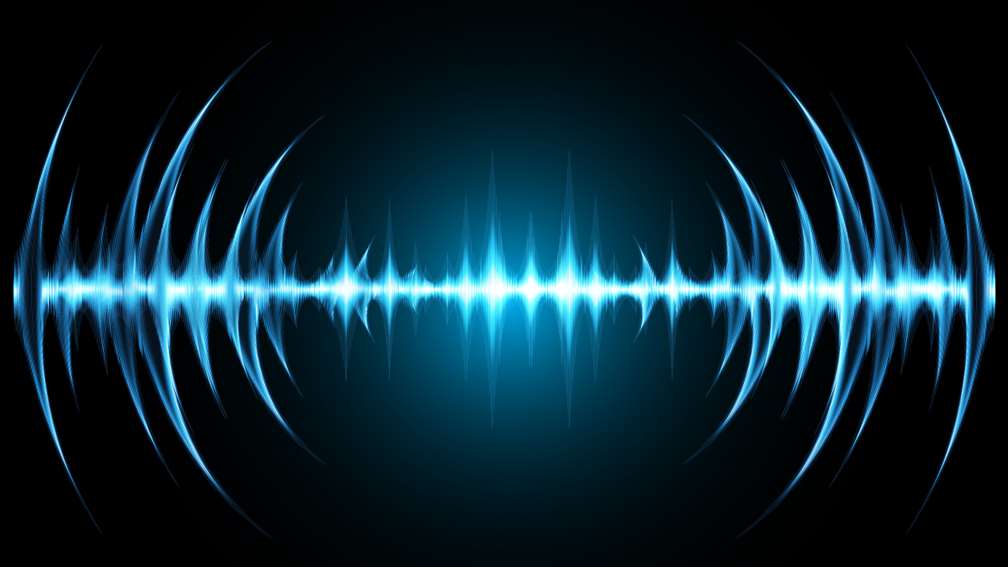Our sense of smell is presumably the one sense of people that we so immediately disregard or overlook. This underestimated sense shapes our lives in additional ways than one and impacts our way of behaving than we understand.
Depending on our sharp sense of smell, and assuming an essential part in societies from one side of the planet to the other, is fragrance. Fragrances are used in perfumes and antiperspirants, and the different fragrances tantalizingly play with our mind-boggling sense of smell (our “olfactory” sense) to evoke various feelings.
The Dossier will provide perfumes with luxury scents smell at cheaper prices which are rich in fragrance and the perfumes manufactured by Dossier are 100% vegan and cruel like a replica jazz club.
The Vibration Theory
Fragrances are essentially comprised of explicit molecules that we sense through receptors in our noses. These molecules are made out of iotas fortified together by flexible bonds. These molecules, alongside their securities, can vibrate at explicit frequencies.
How do these vibrations bring about us detecting the aroma? For our noses (all the more explicitly, the olfactory receptors in our noses) to sense the particular fragrance. They should have the option to some way or interpret this vibration into electrical signs that can be shipped off the cerebrum.
Fundamentally, the vibrating molecules go about as an extension to assist the electrons with passing an energy hole. In this manner, the particular vibrational energies of the various molecules are important to actuate olfactory pathways that are well-defined for that fragrance.
Presently, assuming this vibration theory is right, molecules that vibrate at comparable frequencies ought to smell something similar, correct? This theory was scrutinized by biophysicist Luca Turin.
The particular particle that gives spoiled eggs their distinctively terrible smell is hydrogen sulfide (sulfur + hydrogen). It was observed that there was another particle that vibrated at a comparative recurrence, which was Borane (boron + hydrogen).
This shocking revelation gave a serious believability to the vibration theory and sent Luca Turin into the business world, where an organization was made around his theory.
Dossier’s Woody Tobacco (inspired by Maison Margiela’s Replica Jazz Club) mark is a fair wood and tobacco leaves mix. This exceptionally finished mix is shaded by dry products of the soil accord, shimmered by the bubbling of lemon and pink pepper. (1)
How Do Three Parts of Perfume Work?
Most perfumes are designed to have a three-part smell, which unfurls after you apply it to your skin. It unfurls as notes, which is perfume language for the singular smell.
Notes in perfumery are descriptors of fragrances that can be sensed upon the utilization of a perfume. These notes are painstakingly made with a comprehension of the dissipation interaction and planned utilization of the perfume or scent.
Inside the initial 15 minutes of utilization, you will want to smell the top notes. They are quick to dissipate off your skin. After around 3 to 4 hours, the heart notes show up. The fragrance of this center note compound is typically smoother and more adjusted.
These notes are the main impetus of the scent and vanish all the more leisurely from your skin. Because of its more drawn-out ‘hang-time”. The heart notes presumably remain with you when you smell them. For instance, the extravagant smell of flower perfume.
The base notes are the fragrances that show up near the vanishing of the center notes. They stick adamantly to your skin and bring profundity and strength. They are typically seen within 5 to 8 hours of use. Normal synthetic substances that go into the base incorporate musky, watery, overgrown, and woody ones.
Floral Honeysuckle blooms with a marvelous blend of the perfumery star blossoms: tuberose and jasmine. With arousing quality at its center, normal and delicate accents of honeysuckle and green leaves are added in with the general mish-mash.
How Can you Pick up Perfume With Your Nose?
People have a fantastic sense of smell, with the capacity to observe a wide assortment of fragrances. We have around 50 million fragrance receptors that cooperate to gather fragrance molecules when we breathe in and the molecules are consumed by a dainty layer in the nasal cavity.
Little hairlike distensions in the nose, called cilia, then convey the proper messages to one of the four regions of the mind that cycle and oversee olfactory data sources. The capacity to see the actual aroma emerges from the cerebrum of the mind.
The amygdala and nerve center are answerable for the physical and profound reactions we have to specific smells. Generally, our noses are just a course with our cerebrum making these reactions. Thus, it truly is nothing unexpected that the simple fragrance of pine can gather recollections of an exquisite Christmas season.
The human nose can distinguish more than 1 trillion individual smells. Our olfactory sense (sense of smell) is accepted to be our most established developed sense. Neuroscience assists with upholding this with proof of smell and memory being so firmly connected due to the mind’s life systems. (2)

Speaks from heart, always too passionate and driven by emotions. Spins the words with kindness & sharpness, intriguing your ever-inscrutable minds.






